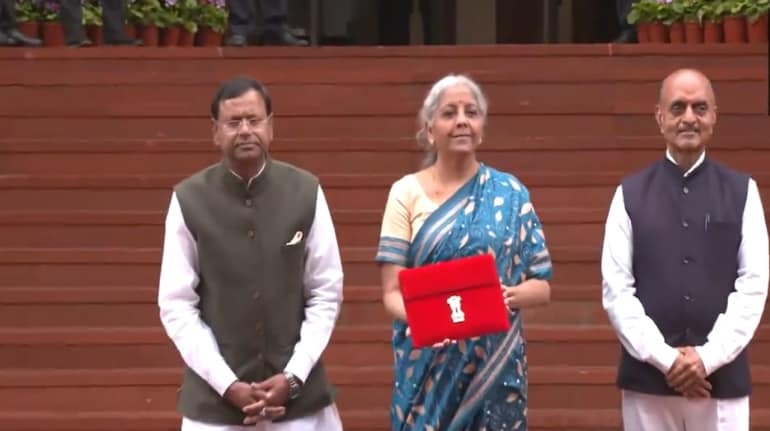The administration raised import taxes on gold, while increasing levies on exports of gasoline and diesel as it sought to control a fast-widening currency deficit. The measures sent Reliance Industries Ltd. and other energy exporters tumbling, bringing down the benchmark index by as much as 1.7%. The currency fell again.
The rupee has tested a series of record lows, underscoring the economic challenges faced by Prime Minister Narendra Modi’s government as inflation accelerates and external finances worsen. The central bank has been battling to slow the currency’s decline, and runaway rupee depreciation will worsen price pressures, and may spur more rate hikes that weigh on growth.
“The biggest near term challenge for policymakers is to anchor inflationary expectation” said Upasna Bhardwaj, chief economist at Kotak Mahindra Bank. “Inflationary pressures would not subside without adequate fiscal response in tandem with monetary tightening.”
A shortfall in India’s current account -- the broadest measure of trade -- will probably widen to 2.9% of gross domestic product in the fiscal year ending March 31, according to a Bloomberg survey in late June, nearly double the level seen in the previous year.

While the Reserve Bank of India has been seeking to smooth out the currency’s decline, banks have reported dollar shortages as everybody from investors to companies rushed to swap the rupee. The currency has fallen 6% this year against the dollar, as rate hikes by the Federal Reserve pulled capital from developing markets.
Policy makers in many emerging markets all face stark choices: forcefully raise borrowing costs to defend currencies and risk hurting growth, spend reserves that took years to build to intervene in foreign exchange markets, or simply step away and let the market run its course.
Commodity pressures
The government on Friday raised the import duty on gold to 12.5% from 7.5%, according to a notice dated June 30, reversing a cut last year. The higher taxes on the export of gasoline and diesel sent shares of Reliance Industries Ltd. down by as much as 8.7%.
“At the moment, the challenges are emanating from the same source, which is higher commodity prices,” said Rahul Bajoira, senior economist, Barclays Bank Plc. “India can neither find supply onshore nor we will be able to cut back the consumption of oil. That makes the whole situation a lot more unpredictable both in terms of how this plays out and how long this continues for.”
For the broader fuel market, India’s move to tax petroleum exports may further tighten fuel supplies at a time emerging markets are facing shortages and lines are forming at pump stations in those countries.
Reserve Bank of India governor Shaktikanta Das has said the central bank uses a multi-pronged intervention approach to minimize actual outflows of dollars and won’t allow a runaway rupee depreciation. The RBI has close to $600 billion of foreign-exchange reserves, which it has been deploying to curb any sharp volatility in the currency.
Plunging rupee pushes India to raise taxes on gold, oil - Times of India
Read More

No comments:
Post a Comment